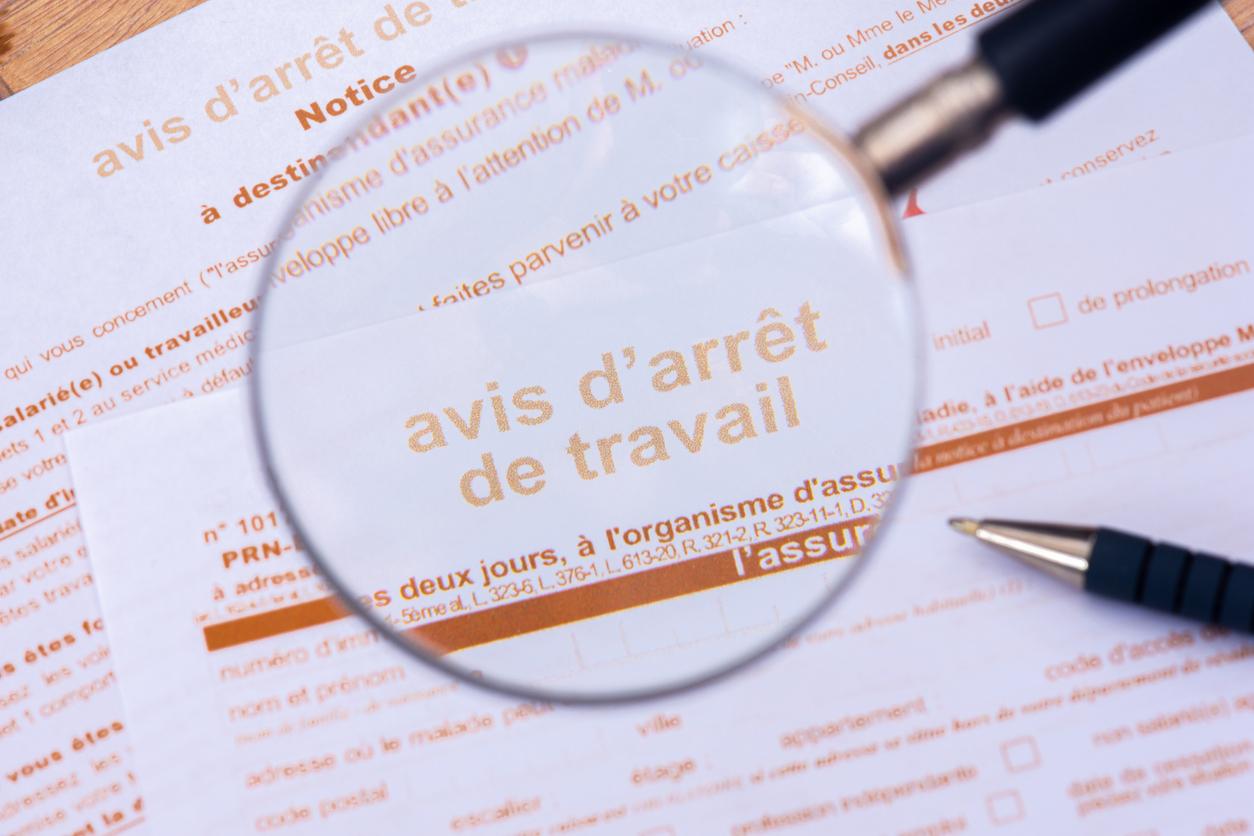Comments with a sexual connotation, sexist formulations, pressure exerted in order to obtain an act of a sexual nature… While certain problematic behaviors are now easily recognized in everyday life as sexual harassment, at work, it can sometimes be difficult to identify sexist behavior and fight against it. “They are often trivialized. This is why several categories are distinguished, from openly hostile acts to more ambivalent remarks such as : ‘there is a lot of pressure in this position. It can’t be held by a woman, it’s too difficult,'” says Valérie Langevin, occupational psychologist and expert in advisory assistance at the INRS (the national institute for research and security).
In 2016, a Dares survey showed that 0.7% of employees have been the subject of sexual proposals insistently over the past 12 months and 2.8% of employees have been subjected to obscene or degrading remarks. Women are more exposed than men.
Sexual harassment and sexist acts: what’s the difference?
Sexual harassment is defined by the Labor Code as “repeated remarks or behavior with a sexual or sexist connotation that either undermines the dignity of the employee because of their degrading nature, or creates an intimidating, hostile or offensive situation against them“. It is associated with all acts of serious pressure – even if not repeated – exercised with the aim of obtaining an act of a sexual nature.
Sexist acts are defined as “any act related to a person’s gender, the purpose or effect of which is to undermine their dignity or to create an intimidating, hostile, degrading, humiliating or offensive environment“. Unlike sexual harassment,sexist act does not suppose repetition and can only occur once.
How to act when faced with a report of sexual harassment?
At work, it is important not to not minimize or trivialize these acts of harassment, which can sometimes be favored by highly hierarchical or highly competitive work environments. “We must be particularly vigilant to risk factors, ie encourage cooperation between employees rather than competition, form mixed teams as far as possible and show zero tolerance in relation to these actions. Above all, do not trivialize or let this type of slippage pass”sums up Valérie Langevin.
Initially, the employer has an obligation to prevent risks and must inform all employees. “If, despite the preventive measures put in place, acts of sexual harassment or sexist acts are reported, the employer must put an end to it and, if necessary, apply sanctions., reports Thomas Nivelet, in charge of legal studies at INRS. To achieve this, the employer can initiate an investigation in order to identify the risk factors likely to favor these acts of sexual harassment or sexist acts.
The commitment of the management is, according to him, an essential criterion for the success of the approach, as well as the implementation of awareness-raising or training actions within the company. “Following a report, putting an end to exposure to such acts is not enough to meet the employer’s obligation to prevent. It will be necessary to postpone the elements of the investigation (…) and to put in place appropriate preventive measures“, concludes Thomas Nivelet.
What are sexual harassment referents used for? Since 1er January 2019, sexual harassment referents must be appointed in companies with at least 250 employees, both by the company and by the social and economic committee (CSE). The role of the company referent is to guide, inform andsupport employees in the fight against sexual harassment and sexist acts. He may also be responsible for conducting internal investigations following reports of harassment in the company.
Sources:
- INRS press release, November 22, 2022
- INRS file: “Sexual harassment and sexist acts“
- Sexual harassment referents: what missions? what statutes?INRS















